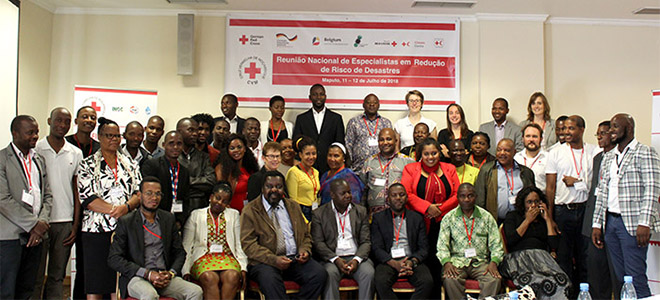
Red Cross/Red Crescent Climate Centre Internship Program
by Juhri Selamet
Maputo, Mozambique
 Juhri Selamet is the 2018 Junior Researcher in the Red Cross Red Crescent Climate Centre (RCRCCC) program. He is a PhD student in the College of Media, Communication and Information at University of Colorado Boulder. He has a bachelor’s degree from Bandung Institute of Technology, Indonesia and a master’s degree from the University of Illinois at Chicago. His research interests are visual communication, corporate social responsibility, climate change, water, conservation, media coverage of risk and the environment, and strategic environmental communication.
Juhri Selamet is the 2018 Junior Researcher in the Red Cross Red Crescent Climate Centre (RCRCCC) program. He is a PhD student in the College of Media, Communication and Information at University of Colorado Boulder. He has a bachelor’s degree from Bandung Institute of Technology, Indonesia and a master’s degree from the University of Illinois at Chicago. His research interests are visual communication, corporate social responsibility, climate change, water, conservation, media coverage of risk and the environment, and strategic environmental communication.
View photo gallery in the field by Juhri Selamet
The Red Cross and the Red Cross Red Crescent Climate Centre organizations developed the mechanism, Forecast-Based Financing (FbF), which can prepare the people for possible disaster situations and reduce the damage in the community. The fundamental reason is that natural disasters cause severe damage or casualties to people, their livelihoods, and the infrastructure they depend on. In order to engage local stakeholders and elicit their feedback on a draft of the FbF Early Action Protocol, the Cruz Vermelha de Moçambique (CVM) (Mozambique Red Cross) held a National Meeting of Experts on Disaster Risk Reduction in Maputo City, Mozambique, on July 11-12, 2018. On the first day of the meeting, the FbF team presented their work on the Early Action Protocol (EAP). On the second day, stakeholders were broken into groups. Each group examined several early actions under consideration for the protocol in detail, answering questions about feasibility and helping CVM to develop and refine theories of change. For this meeting, the participants came from various organizations such as Instituto Nacional de Meteorologia de Moçambique (INAM) National Meteorology Institute), Instituto Nacional de Gestão de Calamidades (INGC) National Disasters Management Institute), International Organization for Migration (IOM), the Centre for Evidence-Based Practice (CEBaP), Direcção Nacional de Águas(DNGRH)(National Water Directorate), United Nations Children’s Fund (UNICEF), Forecasts for AnTicipatory HUManitarian (FATHUM), Belgian Red Cross, Spanish Red Cross, etc., with 43 attendees in total.

How the mechanism works
Forecast-Based Financing is a tool that seeks to complement existing modes of humanitarian preparedness and response by providing funding for pre-defined early actions aimed at reducing the impact of extreme hydrometeorological events. The premise for the adequate actions are the forecasts and evaluations of hazards via the protocol of early action. There are three central components of an Early Action Protocol. The first is a trigger, forming the bar to indicate the level of danger based on the examination of previous events and relevant natural events. The second is the early actions. Forecast-based financing teams aim to identify actions that reduce impact and can be implemented in the window between the forecast and the event. The final component is the financing mechanism that was established by the International Federation of Red Cross Red Crescent Societies (IFRC) in Geneva and has recently become part of the Disaster Relief Emergency Fund (DREF). The funds are activated when the trigger defined above is reached. As a result, Early Action Protocol serves as a guideline to effective implementation of early activities when certain climate forecasts show a high probability of negatively impacting people. It provides step-by-step instructions for the selected actions to be implemented in a specific way as soon as it is activated. The EAP clearly defines: who takes what action, when, where and with what funds.
The relevance of Forecast-based Financing (FbF) project in Mozambique
The project in Mozambique is being developed by the Mozambique Red Cross with support from the German Red Cross and the Belgian Red Cross, and in close coordination with the National Institute for Disaster Management (INGC), the National Institute of Meteorology (INAM), and the National Directorate of Water Resources Management (DNGRH). The project seeks to develop an Early Action Protocol for Mozambique, giving CVM access to funds before a disaster occurs. According to Marcia Penicela, a representative of Mozambique Red Cross Zambezia branch, “it is very important in Zambezia, Mozambique, if this project could be implemented” because “in Zambezia, there are many cyclones and floods. And when disasters hit, there will be many people suffering from malaria and diarrhea.” Zambezia is located in the central coastal region, southwest of Nampula and northeast of Sofala Province, in which the cyclones usually move from east to west of the Indian Ocean. It is therefore at high risk of being affected by tropical systems (tropical cyclones, depressions and tropical storms). Cyclones rip roofs from houses and cut off power and water supplies; people are at risk from disease because of this condition. The FbF team has therefore been exploring actions that could be implemented in a short time to minimize these impacts based on analysis of impacts, exposure and vulnerabilities. Through the activation of the FbF project, for example, mosquito nets could be distributed to reduce the risk of Malaria.

Left photo: Marcia Penicela, a representative of Mozambique Red Cross Zambezia branch (credit: Juhri Selamet). Right photo: A group discussion at the National Meeting of Experts on Disaster Risk Reduction (credit: Juhri Selamet).
The National Meeting of Experts on Disaster Risk Reduction
The organization of the event has particular goals which, in general, are to promote the idea and discuss the plans of Early Action Protocol. Hanne Roden, the project manager of Forecast-Based Financing and a German Red Cross delegate in Mozambique, outlined: “The primary objective is to get further input, make space, and make room for discussion among key stakeholders in Mozambican disaster management.” This explains the variety of presenters and participants. According to Hanne, “The participants are coming from the key institutions in the center level in Mozambique, the National Disaster Management Institute, INAM, and water resources authorities. We have invited the people from the same institution based at the provincial level and three provinces—Nampula, Zambezia, and Sofala—and also CVM staff. We also have a representative here from two districts, one district from Zambezia and one district from Sofala.” The objective of engaging stakeholders with the concept of FbF appears to have been met. Marcia, who specially came to Maputo to attend and participate in the two-day meeting, she said, “I enjoy the meeting. It gives me a clear understanding of FbF and the activation of Early Action Protocol.”
Commenting on the discussions and activities in the meeting, Trui Van Ackere, Disaster Response Officer from Belgian Red Cross, said, “I do enjoy this (meeting) a lot. Because of many people around the tables. Everybody is very kind to give inputs. They are really expert in their domain. Everybody contributes. It is a nice atmosphere. I like it.”

Left photo: Hanne Roden, German Red Cross delegate (credit: Juhri Selamet). Right photo: Trui Van Ackere, Disaster Response Officer from Belgian Red Cross (credit: Juhri Selamet).
When asked about her objective to come to the meeting, she replied, “our objective is that we try as Belgian Red Cross to build our intervention on scientific evidence about what might work, and what won’t. We try to make the most of our activities evidence-based, in order to improve their impact. So that’s why we are involved in this research, we want to inform the selection and prioritization of early actions with scientific evidence on which works, and which won’t work. We do this by looking into the scientific literature, but the knowledge of the local experts that are here around the table today, is equally as important to give us a feeling about which early actions are most relevant. Today I come to the meeting together with my colleague Anne-Catherine, who will present these evidences to the groups and to learn from them if they agree with the results of the research that we have provided.”
Moreover, together with the comprehension of the significance of the preparation and protocols needed to respond to the disasters adequately, the meeting may bring another benefit for both the participants and FbF team since the forecast-based financing project mechanism is relatively new. Lelo Tayob from the Instituto Nacional de Meteorologia de Moçambique (INAM—National Meteorology Institute), said, “This meeting is important to tell people that the key concept of this FbF project is the activation before phenomena [disaster] occurs.” Likewise, Lelo hopes that this project could help the Mozambican government to prepare for the disaster to help to reduce the number of deaths and diseases and to minimize the loss of money and goods. Echoing Lelo, Elcídio Ilídio João, Focal Point and Master Administrator of the Datawinners Application at Instituto Nacional de Gestão de Calamidades (INGC) (National Institute of Disaster Management) said, “FbF could help the government in reducing deaths and damages caused by extreme events. With the difficulties of channeling the budget, the FBP can be used to remedy this budget gap.” Learning from the meeting, Elcídio believes that, in the future, FbF can be integrated into the disaster management program in Mozambique.

Left photo: Lelo Tayob from the Instituto Nacional de Meteorologia de Moçambique (credit: Juhri Selamet). Right photo: lcídio Ilídio João from the Instituto Nacional de Gestão de Calamidades (credit: Juhri Selamet).
Hanne expressed a similar idea underlying the future hope for the protocol for the FbF development. She said, “My hope for FbF project in Mozambique is, together with our key partners in Mozambique, to be able to develop the protocol. We will present them; we will have the protocol validated and approved; we will have ability together to do simulations to train and verify that what we have put in the protocol is efficient and effective. I hope that the protocol can also assist in coordinating activities, well-understood, well-integrated in the existing disaster management system in Mozambique.”
As far as the meeting, it includes group discussions on climate risk analysis, forecasts of cyclones, and the interpretation of theories regarding natural disasters. The atmosphere of the conference shows the rise of the awareness and underlines the significance of early actions for saving lives.
Lelo Tayop, said, “I am learning about the distribution of mosquito nets and how to do this distribution since we will receive the information before a disaster.” The weather affects the mosquitos’ activity which may bring hazards to the people. As a result, the participants see that the distribution of mosquito nets could save lives or repair damage if provided before the risk of malaria increases.
From the two-day meeting, the participants enhanced the FbF project with their ideas and feedback for further development. At the same time, the participants discovered new ideas, which were seen as opportunities for them to improve safety and benefit communities. Read more …
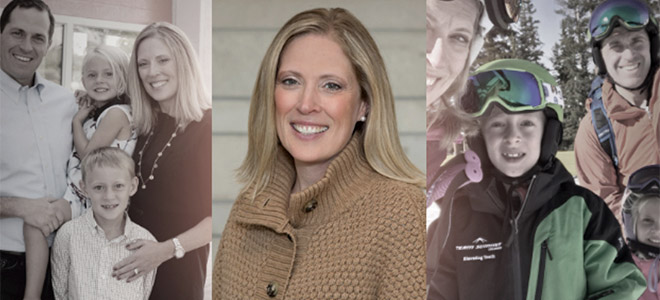


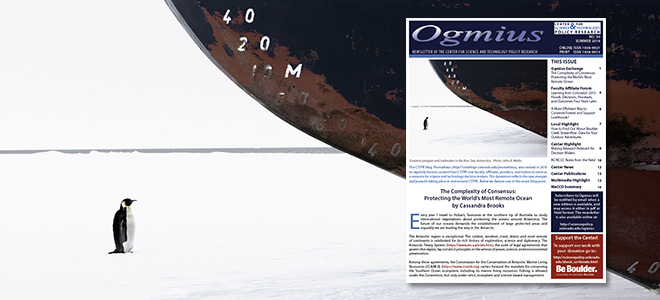

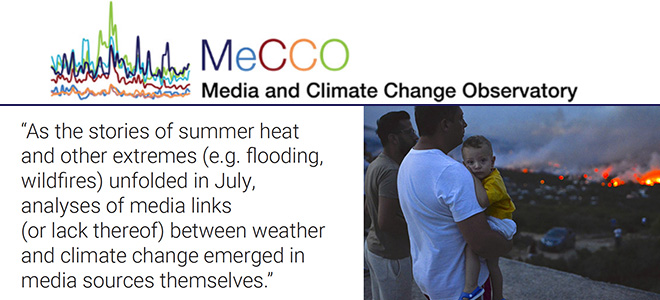
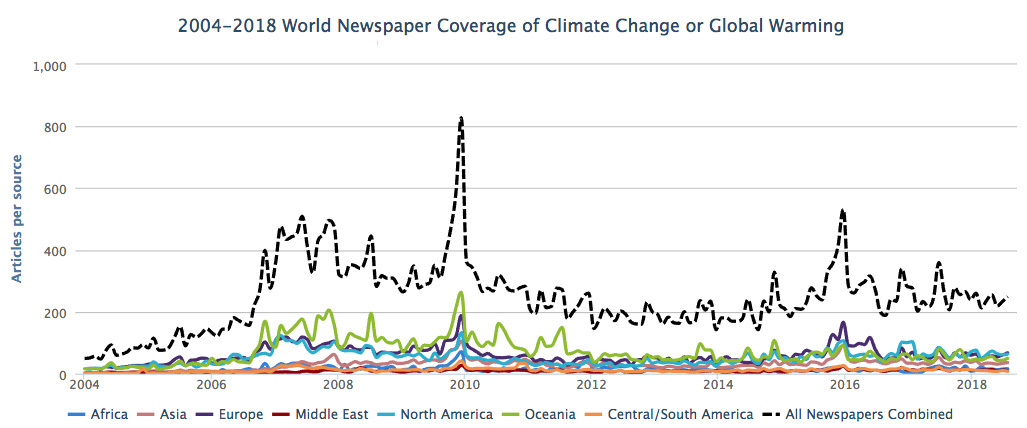

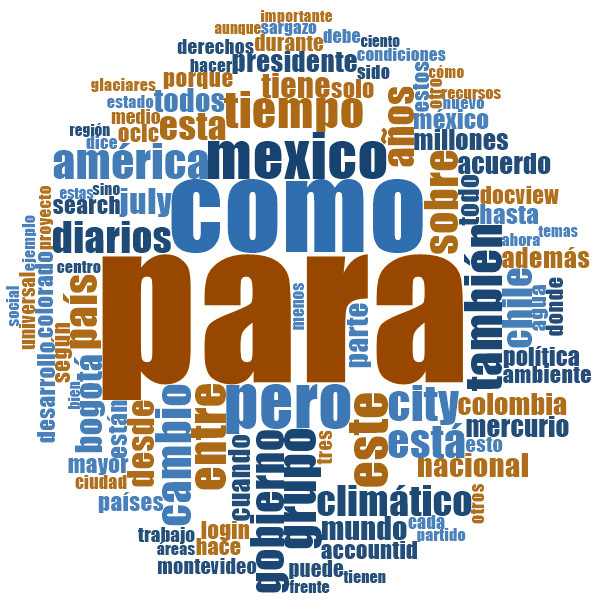 In July, considerable coverage related to ecological and meteorological issues, and this spun into a meta-analysis of the extent to which media connected extreme events (e.g. heat waves) with a changing climate. Beginning the month, there were a number of stories about extreme weather events around the world. For examples, in July heat records were set in many northern hemispheric countries. In particular, record setting lows in cities like Montreal, Quebec in Canada and Los Angeles, California in the US threatened vulnerable populations with unprecedented heat. While Alanne Orjoux from
In July, considerable coverage related to ecological and meteorological issues, and this spun into a meta-analysis of the extent to which media connected extreme events (e.g. heat waves) with a changing climate. Beginning the month, there were a number of stories about extreme weather events around the world. For examples, in July heat records were set in many northern hemispheric countries. In particular, record setting lows in cities like Montreal, Quebec in Canada and Los Angeles, California in the US threatened vulnerable populations with unprecedented heat. While Alanne Orjoux from 
 Juhri Selamet is the 2018 Junior Researcher in the
Juhri Selamet is the 2018 Junior Researcher in the 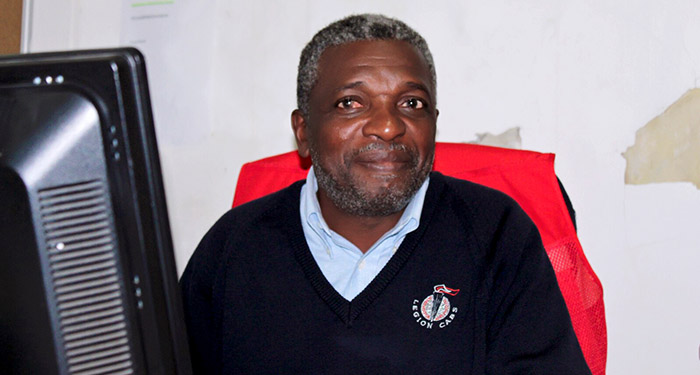
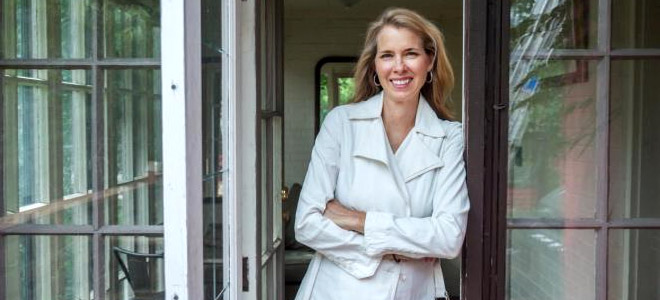








RC/RCCC Notes from the Field: Reflection – A Wonderful Summer Experience
Red Cross/Red Crescent Climate Centre Internship Program
by Juhri Selamet
Maputo, Mozambique
View photo gallery in the field by Juhri Selamet
For my last post on this blog, I would like to take this opportunity to promote CU Boulder and Red Cross Red Crescent Climate Centre’s summer program for CU graduate students. If you happen to get a chance to be part of this program in the future, with your summer placement locations in eastern or southern Africa, it will be an outstanding experience both for your personal and professional life. I know this from my own experience.
During my time here in Mozambique, from May to August, in my professional and personal networking to make friends and to open the door to work together in the future, I have met many graduate students from all over the world that spend time and work in Maputo. Their abilities range from public health, economic and international development, to film studies. They worked on exciting projects with a focus on developing and testing communication tools related to health system improvement, as well as malaria and family planning and mapping Mozambican culture heritages.
In addition, I have met local scholars and maintained networking connections with a local university to get the Local Review Letter as part of CU Boulder’s Institutional Review Board requirements to conduct international research (many thanks to Dr. Rui Carlos da Maia and Dra. Benedita Penicela Nhambiu at Universidade Tecnica de Moçambique – UDM for helping with the letter). This research project will still be ongoing even when I have finished my summer program. I have met Red Cross professionals who have worked their way up to contributing to development projects in Mozambique. Besides, through a Red Cross Forecast-based financing project, I have gotten in touch with local government institutions that have opened the door for future discussions. And yes, there are many more examples. Through my experiences with the people whom I have met here, my character and knowledge development have been indirectly enriched. To me, this is part of the essential learning experience during my doctoral years at CU.
“I am here to learn” is the best mantra during this program because, to me, the two-way communication process cannot be rushed. As I still lack experience in good communication for development models in a Mozambican context, this opportunity gives me a lot of room to learn in a real way and gain real-life experience—to talk, listen, and drink lots of coffee with people. Communication as I see it is part of people’s daily lives and is highly integrated with context and culture. Step by step, I arrived at understanding communication in the Mozambican context through various channels and how it could work for rural communications with an understanding of ICT infrastructure (you will read more about this on my upcoming report).
My experience is in developing a strategic communication plan for the Mozambique Red Cross and conducting training on how to activate the action plan and use the communication toolkits based on IFRC media. I hope that this will continue as I stress that ongoing communication is vital, whatever communication channels are being used. Constant communication is the only way to create awareness, change behavior, and build organizations’ reputations.
Lastly, I will also never forget the fun part of this program. If, by chance, you are part of this wonderful program, don’t forget to have fun. I am grateful to have had this opportunity to explore the beautiful country of Mozambique: its food, drinks, tropical fruits, beautiful islands, excellent beaches, lively traditional markets, and louder laughs. I have taken this opportunity as part of my life to see the world and to see and live in one of the most beautiful African countries for three months has been remarkable. True, there were ups and downs, like riding a roller-coaster, but trust me, it is really fun, and it is worth it.